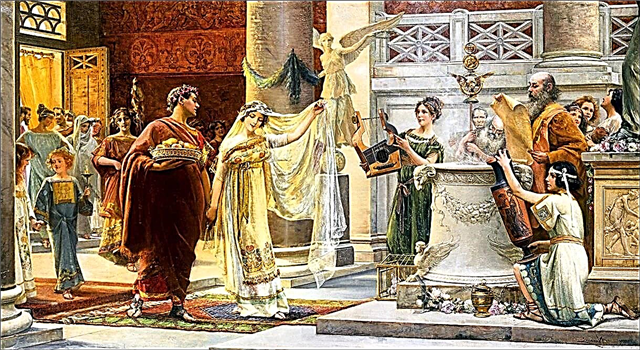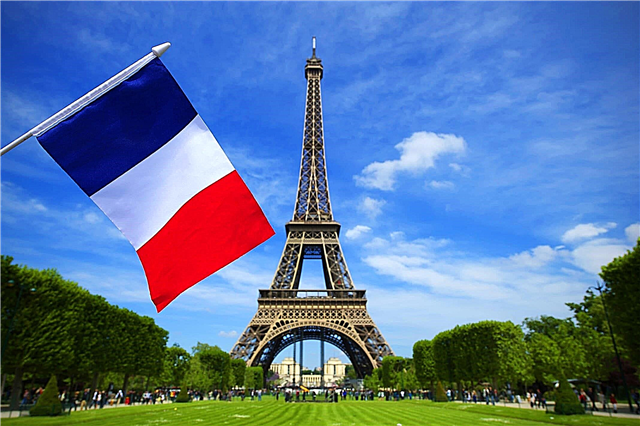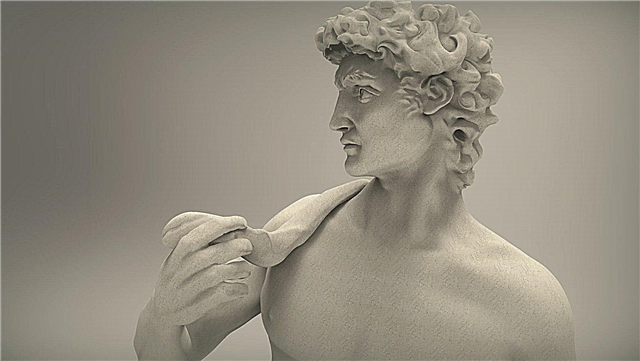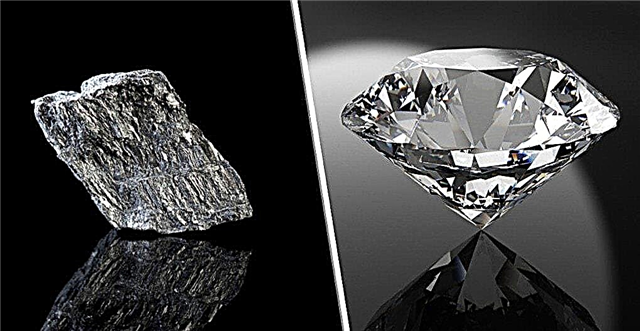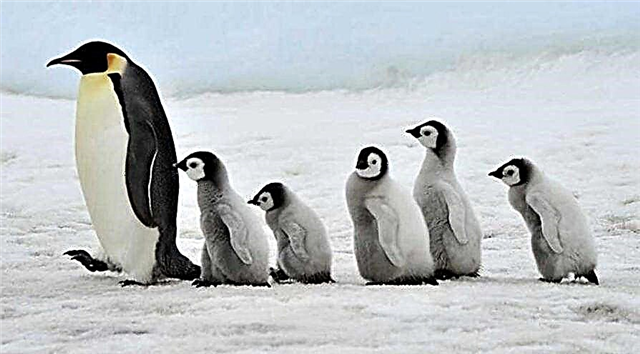
Human natural hair can be black or very light, almost white, brown and red. Yes, people with such shades, although rare, are still found on the street, but everyone around them understands that their hair is colored.
Why didn’t nature give a wider variety of shades of hair? Why is their palette limited?
Pigments and hair color
You can immediately say with confidence that there were no people with unusual hair colors before, and it is doubtful that they will appear sometime in the future. An exception can be called only those who use paints. And all because there are only two main pigments in the hair - a substance that gives them color. This is eumelanin, which can provide either a burning black shade, or other dark colors, depending on its concentration, as well as pheomelanin, which gives reddish or yellowish colors. All of them are based on melanin - a dark pigment.

Interesting fact: tanning the skin provides exactly melanin.
In addition, human hair is porous. They may contain air capsules, large or small, in larger or smaller quantities. They determine the structure of the hair. And the final color appears when the ratio of both pigments and these empty spaces. This combination gives a fairly wide range of shades, which we used to consider natural. However, blue or green, as well as pink, do not work out of them.
An interesting fact: if you look at black hair through the light, it may seem that they are cast in orange. Or blue. This is the game of natural pigments.
As a rule, blond and curly-haired people have more porous hair than brunettes and straight hair. The lower the density, the brighter the color. Also, a light shade is observed in albinos. Here the situation is different: the body does not produce melanin at all, or it appears too little.
An interesting fact: there are albinos even among blacks. Their hair and skin are fair, while maintaining Negroid facial features.
Ancient tradition
Understanding the question further, it is necessary to consider how long people began to dye their hair, and why they do it. This tradition is very ancient.. So, even before our era, people of certain nationalities dyed their hair or beard with natural dyes from herbs, organic and mineral substances to emphasize their belonging to a certain status.
The peoples living in the territory of modern Iran used henna to dye their hair and beard as a sign of their material success, and ancient Roman women lightened their hair, showing easy behavior. Saxon and Gallic tribes allowed the hair coloring of men in bright shades to indicate their military merits and skills.
From ancient times, red women were considered sorcerers. But with the coming to power of Elizabeth the First of the Tudor dynasty, the situation changed, and the fiery color became a sign of high status. Since the 17th century, girls in Europe began to specifically highlight their hair, demonstrating beauty.
However, dyed hair gained its true popularity after 1970, when stars began to lighten them and dye them in bright shades.Since then, almost all the girls and many guys began to paint. A lot of people dyed their hair at least once in their life, or at least used tinted shampoos.
In this way, hair gets its color due to pigments, the combination of which determines their natural shade. Also, the density of the hair, the presence of air bubbles in it, plays its role. Natural combinations simply can not give bright, exotic colors. But modern paints and salon services allow you to dye your hair in any, even the most incredible color, or even in several shades.
People with green and blue hair colors have never been born. But even natural dyes can be painted in fiery red, red, purple and other shades. There are no such pigments in the human body, but they are actively produced in factories of cosmetic companies.


